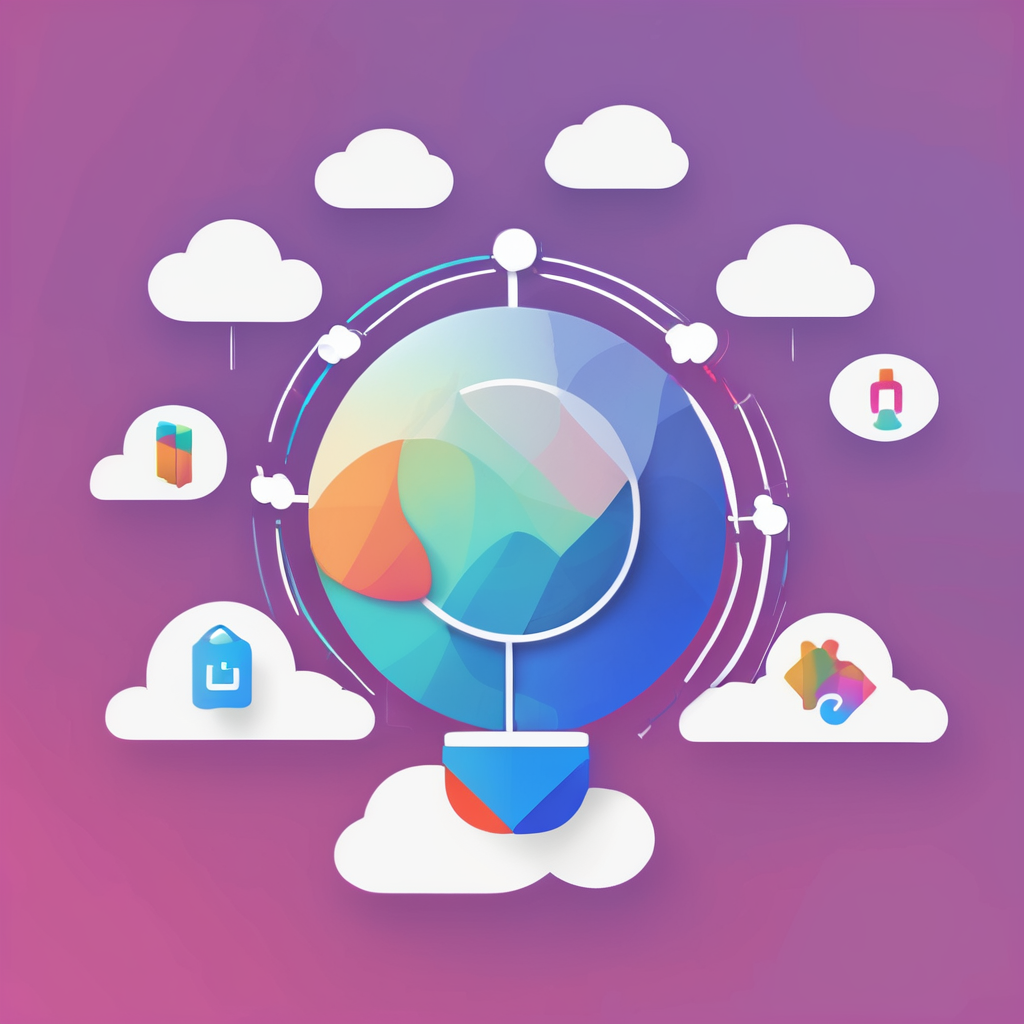Overview of AI Integration in Telemedicine
AI in telemedicine is transforming the healthcare landscape by enhancing the delivery and efficiency of services. Integration strategies are pivotal for maximising the potential of this technology. The current healthcare technology scene is witnessing rapid advancements, making AI a cornerstone for improved health outcomes.
The integration of AI plays a crucial role in elevating health outcomes. By streamlining processes and analysing complex data, AI empowers healthcare professionals to make more informed decisions. This translates to personalised patient care and efficient resource allocation. Telemedicine, combined with AI, extends medical services to underserved areas, bridging the gap in healthcare accessibility.
This might interest you : Unlocking the power of ai in advertising: expert strategies for successful campaign management
Exploring innovative approaches in AI in telemedicine reveals exciting developments. Tools like AI-driven chatbots offer instant patient support, while predictive analytics foresee potential health issues. Wearable devices equipped with AI enable continuous monitoring, providing real-time health data crucial for proactive care. Virtual consultations using AI ensure timely diagnosis and treatment.
Successful integration strategies hinge on adopting coherent technological frameworks. Key to this success is collaboration between healthcare providers and tech developers. As AI technology evolves, its seamless merging with telemedicine promises to revolutionise patient experiences and healthcare delivery, ensuring better accessibility and quality of care for all.
Topic to read : Essential tactics for effectively implementing machine learning models on edge devices
Case Studies of Successful AI Implementation
The application of AI in healthcare is no longer just an idea; it’s a reality shaping the medical field. Successful case studies demonstrate the transformative power of AI in enhancing healthcare outcomes.
Case Study 1: AI in Remote Patient Monitoring
AI applications in remote patient monitoring showcase a significant impact on patient care. For instance, wearable technology equipped with AI algorithms tracks vital signs continuously, enabling timely interventions. As a result, doctors have seen a decrease in hospital readmissions.
Case Study 2: AI-Assisted Diagnosis
Integrating AI for diagnostics has overhauled traditional methods. AI systems, trained on vast datasets, assist in detecting abnormalities with high precision. This results in earlier detection and treatment, improving patient survival rates significantly.
Case Study 3: Virtual Health Assistants
Virtual health assistants exemplify successful AI deployment. These digital aids leverage natural language processing to interact with patients, aiding in appointment scheduling and symptom analysis. Patients benefit from reduced waiting times and enhanced service efficiency.
Each case underscores the practical benefits of AI in healthcare. Through these success stories, lessons learned include the importance of seamless integration and ongoing collaboration between medical professionals and tech developers. AI unquestionably reshapes healthcare landscapes, promising improved patient experiences and outcomes.
Expert Opinions on AI and Telemedicine
In the rapidly evolving realm of telemedicine, experts are pivotal in guiding its implementation and progression. Recently, healthcare leaders have provided insights into how AI in telemedicine is reshaping the industry. These industry perspectives highlight both the transformative potential and the inevitable challenges that come with integrating AI.
Expert insights reflect enthusiasm for AI’s capabilities in improving healthcare delivery. Many leaders appreciate AI’s role in personalising patient care, optimising diagnostics, and facilitating remote monitoring. Nonetheless, it’s not without its hurdles. Professionals identify substantial integration obstacles, such as ensuring interoperability between existing systems and new AI technologies.
Challenges often extend to privacy and security concerns, with healthcare leaders stressing the importance of safeguarding patient data. However, despite these barriers, many remain optimistic about AI’s future. Healthcare leaders envision a landscape where AI not only augments current healthcare technology but also pioneers novel methods for patient care and management.
The overall sentiment indicates that while there may be numerous challenges, the growth potential of AI in telemedicine is vast and exciting, promising significant enhancements in patient outcomes and healthcare efficiency.
Challenges in AI Integration
Integrating AI into telemedicine involves navigating several integration obstacles that impact its smooth operation and overall efficacy. One primary concern is the technical challenge of ensuring interoperability between AI systems and existing healthcare technologies. This requires careful planning and robust integration strategies to successfully merge these systems without disrupting current operations.
Moreover, privacy and security become focal points due to the sensitive nature of healthcare data. Protecting patient information while utilising AI technologies is crucial. It demands advanced encryption methods and stringent security protocols to prevent data breaches, ensuring confidence in healthcare technology.
Regulatory hurdles also play a significant role in shaping how AI solutions are implemented. Healthcare is a heavily regulated sector, and integrating AI must comply with ethical standards and legal requirements. This compliance ensures that AI applications meet both safety and efficacy benchmarks.
Addressing these integration obstacles requires a multidisciplinary approach, involving healthcare professionals, tech developers, and regulators. By tackling these telemedicine barriers head-on, the healthcare industry can unlock the full potential of AI, advancing patient care and healthcare delivery while ensuring safety and compliance.
Future Trends in AI and Telemedicine
As telemedicine evolves, anticipating the future innovations in AI becomes crucial. The integration of upcoming technologies in healthcare is set to transform patient care and resource management significantly. Experts predict that AI will continue to refine its predictive analytics capabilities, enabling more precise forecasting of patient health trends and potential issues. This precision in forecasting promises to improve diagnostic accuracy and enable proactive treatment interventions.
Advanced robotic systems are on the horizon, merging AI with surgical procedures to enhance precision and reduce surgical risks. These innovations are expected to revolutionise surgical practices, offering minimally invasive options and speeding up patient recovery times. AI’s role in personalised medicine will also grow, with new algorithms capable of recommending tailored treatment plans based on individual genetic profiles.
Looking ahead, telemedicine evolution includes further development of smart wearables, enhancing real-time patient monitoring outside clinical settings, thus offering a more seamless healthcare experience. To stay ahead, healthcare providers must focus on adopting flexible integration strategies, allowing for the rapid incorporation of new AI tools while ensuring compliance with evolving regulations. This approach ensures that the benefits of AI in telemedicine can be fully realised, maximising health outcomes and efficiency.











